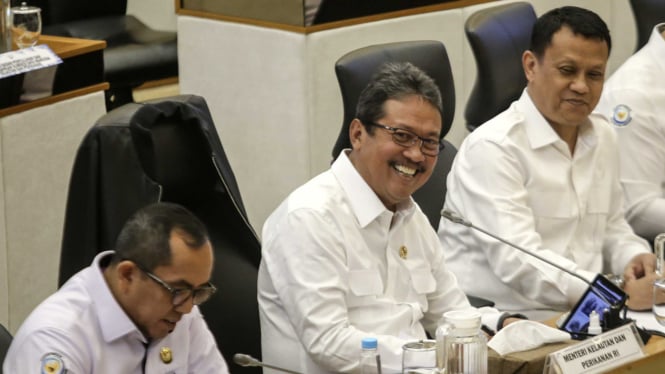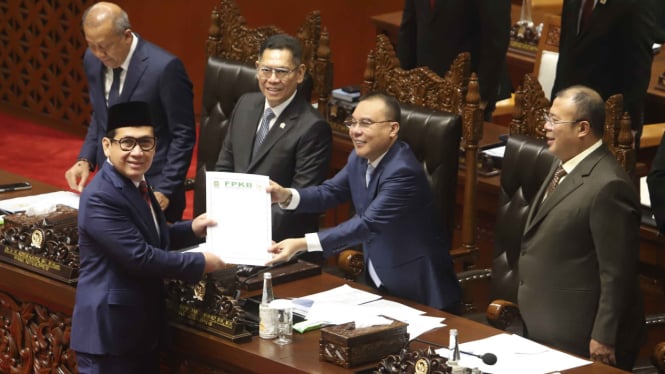Indonesia Automotive Outlook 2025: Optimism for Recovery Amid Challenges
- Arianti Widya
Jakarta, VIVA – The Indonesian automotive industry is exhibiting positive recovery trends despite ongoing economic challenges. Quoted from Indonesia Automotive Outlook 2025, This optimism is driven by national economic recovery, rising per capita income, and initiatives to transition toward environmentally friendly vehicles.
The Indonesian automotive market is projected to achieve sales of 1 million units again by 2025, supported by an increase in per capita GDP from US$3,896 in 2020 to US$4,941 in 2023, indicating improved consumer purchasing power. However, the middle class—critical to automotive consumption—remains vulnerable to rising living costs and inflation. Strategic interventions are needed to address these challenges and sustain growth.
Consumer purchasing power in Indonesia remains resilient, as reflected in increased spending on consumer goods and household furnishings. Government incentives, such as the Low Carbon Emission Vehicle (LCEV) program, are further bolstering the automotive sector's growth. This combination is expected to drive vehicle sales, particularly in the energy-efficient vehicle segment.
The market is increasingly shifting toward environmentally friendly vehicles as a sustainable solution. Hybrid Electric Vehicles (HEVs) currently hold a 6% market share, driven by their cost efficiency and environmental benefits, particularly as they do not rely on extensive charging infrastructure. Meanwhile, Battery Electric Vehicle (BEV) sales are expected to double to 40,000 units by 2024.
Toyota Kijang Innova Zenix Hybrid
- VIVA/Yunisa Herawati
However, the adoption of BEVs faces challenges such as limited charging infrastructure and high purchase costs. HEVs are seen as an effective transitional solution, while BEVs will require substantial infrastructure investments for broader market adoption.
Financing plays a pivotal role in Indonesia's automotive market, with 70% of vehicle purchases made on credit. Green financing programs for HEVs and BEVs, offering lower interest rates and flexible payment options, are set to accelerate the transition to electric vehicles. These programs make environmentally friendly vehicles more accessible and affordable for consumers.
Government policies are crucial to sustaining the industry's growth. These include tax exemptions, subsidies such as VAT reductions for electric vehicles, and targeted incentives for HEVs and LCEVs. Additionally, expanding EV infrastructure, such as charging stations, and providing greater support for hybrid vehicles are key priorities. Collaboration between the government, automakers, and financial institutions will be essential to achieving sustainable growth.
Despite the positive outlook, the industry faces significant challenges. Rising living costs—driven by an increase in VAT to 12%, a 6.5% hike in minimum wages, and planned increases in motor vehicle registration fees—threaten consumer affordability.
The industry continues to grapple with breaking past the annual sales threshold of 1 million units, often referred to as the "One Million Trap." Automakers must innovate to maintain affordability and expand their market reach.
Opportunities for growth include focusing on vehicles priced below IDR 300 million, which hold strong appeal for middle-class consumers. Expanding commercial vehicle offerings and targeting emerging industrial hubs also present untapped potential.
Toyota Hilux Rangga
- VIVA/Krisna Wicaksono
Achieving the 1 million-unit sales target by 2025 will require balancing affordability with incentives, prioritizing HEVs as a short-term solution, and fostering collaboration among stakeholders to enhance the market's appeal.
With robust government support, innovative green financing programs, and a growing focus on environmentally friendly vehicles, the Indonesian automotive industry is poised to reach its 1 million-unit sales target by 2025.
Addressing challenges such as rising living costs will require collaborative efforts to maintain affordability and sustain consumer purchasing power. Positioned at a crossroads, the Indonesian automotive market is moving toward a more sustainable and innovative future.
For more detailed insights into this market projection, download the full report here.





























